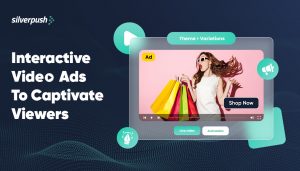How do Images and Videos Help Deliver Contextual Ads?
PUBLISH DATE: 13 May 2022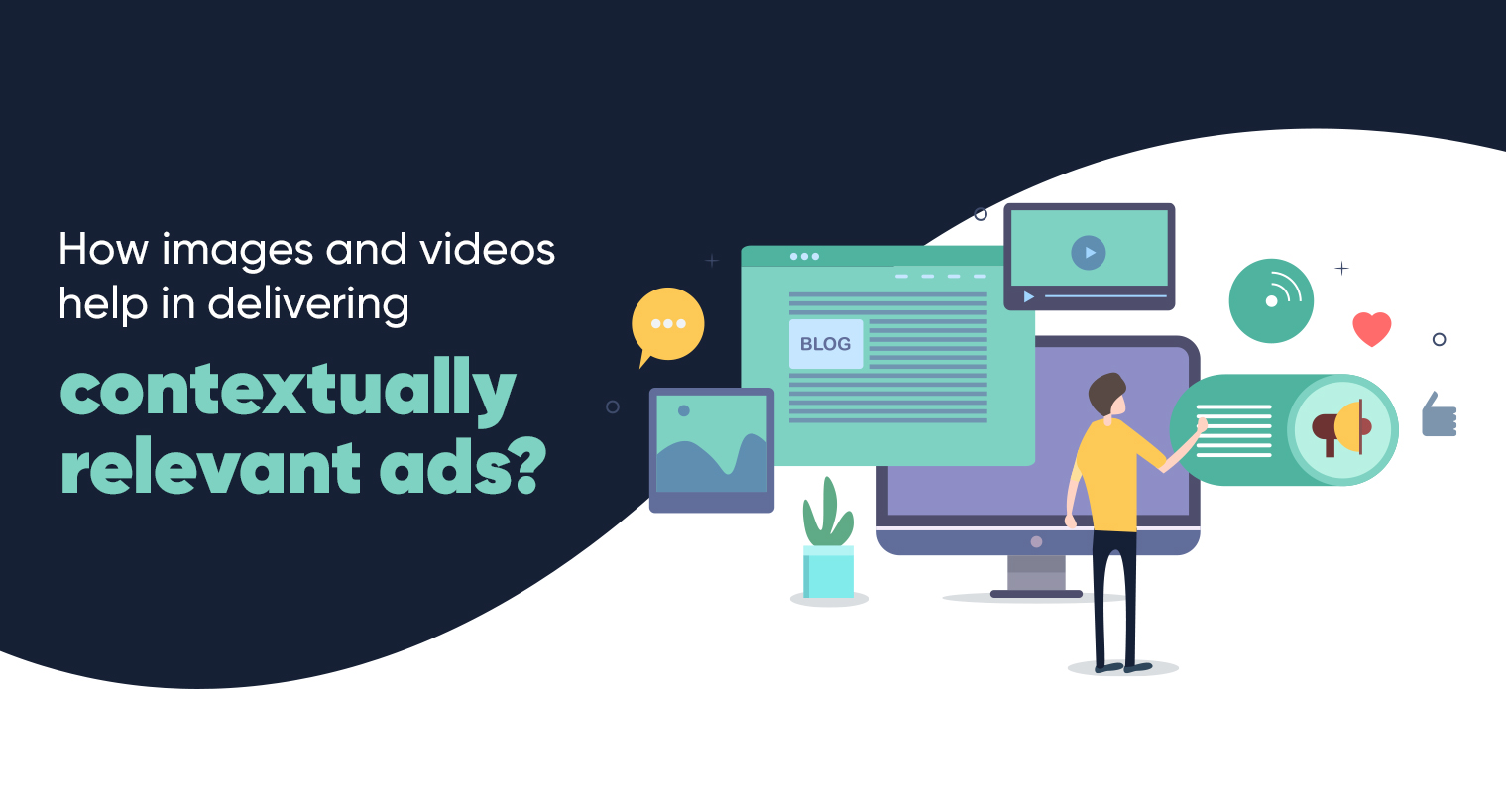
Contextual advertising or contextual targeting means displaying ads on a website that is relevant to the page’s content. An example of contextually relevant ads can be serving ads to buy movie tickets or signing up for a movie streaming service on a movie review blog.
With third-party cookies on the verge of complete phase-out, brands are looking out for alternatives to it. There is nothing better than contextual ads that do not require any user’s data, thus respecting the user’s privacy completely.
The best way to use contextual ads is to deliver them on images and videos, as they form the most interesting form of content. Do you want to know how? For that, keep reading!
But before moving forward let’s dive into the details and understand what is contextual advertising and how important it is in today’s era.
What is Contextual Advertising?
Contextual advertising refers to the placement of a display advertisement on websites that are closely related to the product being advertised. As a result, the content of the ad is closely tied to the content of the site/page.
Most importantly, it aids in targeting the right audience at the right time and place, converting them, and increasing ROI. An example of this is displaying utensil ads in a home décor magazine.
Importance of Contextual Advertising in the Adtech Industry?
The benefits of contextual ads make it one of the greatest advertising methods, outweighing all other types of advertising approaches. Let’s find out what they are.
- Easy and Cost-Effective Advertising Method
Because behavioral advertising needs a large amount of data, methods for obtaining and interpreting it, tactics for exploiting it and people to enhance the process, are all required.
This strategy, however, is impractical for organizations with limited resources and client data. In its place, contextual advertising provides a simple and low-cost alternative, as well as a level of relevance in its own right.
- Brand Safety & Suitability
Behavioral advertising raises serious concerns about brand safety and brand suitability. Contextual targeting, on the other hand, places the web page where the ad appears at the center of the campaign.
It is also totally up to you to choose the themes, subtopics, and keywords. This reduces the likelihood of your ads following a user to a site where they do not want to see the ads and where you do not want them to appear.
- Prioritizing User Privacy
Contextual advertising is one of the most effective ad delivery tactics since it does not require any sensitive personal information. This is safer for advertisers who want to guarantee that their ads are compliant with the privacy laws.
- Relevant But Not Pushy
Some firms’ ads follow customers long after they have purchased something. Poor advertising results when advertisers constantly target their customers. Contextual ads help to keep relevance without annoying the viewer.
A user is less likely to feel followed by advertising if it is related to the material they are now seeing. Even though the advertisement follows the user around, it is much less obvious when it is contextually appropriate.
- Context Matters More Than Behavior
Advertisers recognize that customization is a powerful marketing tactic. This is just because it makes an advertisement more relevant. Furthermore, an ad adapted to previous behavior isn’t necessarily totally relevant to present desires or requirements.
Role of Images and Video in Delivering Contextual Ads
Images and videos are highly interesting and most sought after forms of online content. AI-powered solutions are now available that deliver contextual ads against online images and videos, thus generating high engagement.
Such contextual advertising solutions offer intelligent in-video identification of key contexts that identifies celebrities, brands, objects, places, actions, on-screen text and audio for a nuanced targeting of videos and images.
The AI-driven and human-enhanced contextual video advertising technology helps brands reach their target audience at the correct time and in the right context.
The deeply trained proprietary AI models also identifies key contexts including custom-defined unsafe contexts in streaming videos and don’t display your ads against them. These videos are divided into different categories including smoking, adult, violence, crashes, guns, terrorism and others.
Content-aligned ad placement, brand safety, and customized brand compatibility are all ensured during the process, as is reaching the widest potential audience.
Contextual Advertising: The Advertising Industry’s Next Big Step
PUBLISH DATE: 11 April 2022
Seeing laptop ads in the Science and Technology section of a newspaper or stumbling upon a shoe ad while watching a YouTube video about running tips, contextual advertising has always been relevant and impactful.
With Apple’s new iOS 14.5 privacy policy and Google Chrome’s pending ban on third-party cookies, all ad-tech companies are striving to find new ways to sell their ads without hindering users’ privacy.
As targeted and behavioral marketing becomes increasingly challenging, contextual advertisements have evolved as a solution that targets the correct audience with relevant ads while respecting their views on data privacy and personalization.
What are Contextual Ads?
The year 2024 will see the rise of contextual advertising. It is a powerful and effective method of reaching the target audience by displaying ads on a webpage that matches the ad’s content. At the same time, it ensures a seamless ad experience for both advertisers and viewers.
Let’s understand contextual advertising better with some examples:
- If you’re reading a movie review site, you could see ads that say things like “purchase movie tickets” or “join up for a movie streaming service.”
- Before watching a YouTube video lesson on “how to cut your own hair”, you view an ad for “shampoo”.
Here, instead of using consumer data, Keywords, Topic Targeting, and AI Technology are used to scan the website on which the visitor currently is. Then, ads that are relevant to the page’s context are displayed.
Also read: The Role of Context in Advertising
Advertisers’ Future is Contextual
Contextual advertising is surely the future of advertisers. According to a research study, contextually relevant ads create 43% higher neural engagement and 2.2 times better ad recall.
Where on the one hand, consumers are pleased to find their personal data better protected, on the other hand, they also expect to see ads that match their interests and are relevant to their online experience. This is where the magic of contextual targeting comes into play.
By reaching target audiences with relevant ads, brands satiate their need to find an alternative to target the correct audience at the correct time and place with personalized ads in the cookieless world.
Moreover, unlike behavioral marketing, contextual ad targeting does not need third-party cookies to deliver relevant ad experiences to the user. It is the best fix for advertisers when privacy is a major concern, and they still want to have a phenomenal impact on users.
Benefits of Contextual Advertising
1. Meets your Budget
Unlike conventional methods of advertising, contextual advertising is cost-effective and does not hurt the pockets of the advertisers. They are charged only for the ads that are clicked and not for ads that are displayed on the site.
2. Reaching Targeted Audience
Fulfilling its main motive by reaching the targeted audience, contextual ad targeting is the best method to boost sales for a product. This happens because ads are posted after proper research on keywords, keyword phrases, and the use of AI tech.
3. Ability to Engage with Customers
When the people visiting the websites find ads relevant to the information, it boosts the brand awareness of the product. This engages more audiences and thus increases the revenue of the company by increasing its sales.
4. User Privacy is Not Compromised
The best feature of contextual advertising is that it does not require any 3rd party cookies to offer relevant ads. This plays a major role in meeting compliance requirements like CCPA and GDPR.
Silverpush’s Contextual Advertising Solution
With third-party cookies being phased out, engaging with customers has never been more essential. Silverpush’s flagship contextual ads targeting solution Mirrors helps in context-relevant video-level ad targeting using human-enhanced AI technology. During the process, content-aligned ad placement, brand safety, and tailored brand compatibility are all guaranteed, along with reaching the largest possible audience.
Reshaping the Funnel with Contextual Targeting
PUBLISH DATE: 28 June 2021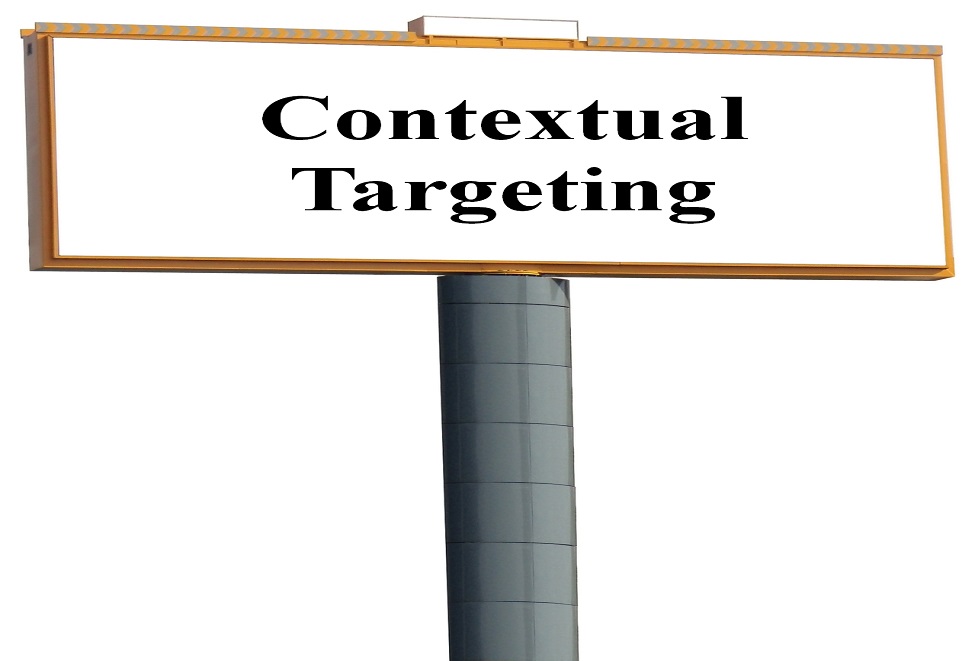
A marketing funnel is the path that leads move on until they turn into customers. This funnel is very important for marketers as it provides them insights on various activities that are required to be undertaken to attract more and more customers.
Marketers always look out for ways to strengthen their marketing funnel so that more and more leads can be moved down the funnel. One of the most effective ways to do this is to reshape the marketing funnel by using different types of contextual targeting. This article discusses some of the best contextual targeting types, which include contextual email marketing, sponsored content, and contextual ads.
Contextual Email Marketing Offers a Personalized Experience to Consumers
Contextual email marketing involves sending emails that are personalized and relevant, i.e., delivering the right email to the right people at the right time. Contextual emails are based on customers’ past purchases, local weather, time zones, devices, etc.
For example, if it starts snowing, a contextual email based on local weather will give offers on extreme winter clothing instead of light winter clothing. Similarly, if a person usually purchases electronic items from a shopping website, then contextual emails delivered to him by the website will be mostly on electronic products and not on others.
Consumers get dozens of emails a day. It is obvious that they will not pay heed to every mail in their inbox. If a brand wants its email to stand out among other mails, so that consumers interact with the message and eventually buy the advertised product, it should provide them a personalized experience, which is best achieved through a contextually relevant message.
Sponsored Content Offers a Powerful, Non-Interruptive Way to Promote Products/Services of a Brand
Sponsored content on a website is a content that resembles the surrounding content on the web page, but is paid for by a sponsor. In real sense, sponsored content is an ad that mingles so much with the surrounding content that it seems to be a part of the original content. It is in full harmony with its surroundings unlike an invasive ad.
As sponsored content is contextually relevant to its surrounding content, there are high chances of it being consumed by a website’s visitors. Sponsored content includes different types of content such as articles, videos, podcasts, listicles, infographics, etc. An example of sponsored content is an article on a car brand in an online car magazine.
Sponsored content helps marketers reach potential customers at the top of the funnel. It can include more promotional content for those nearer to the interest stage, or more educational content to portray a brand as a reliable resource.
Contextual Ads help Marketers Drive Massive User Engagement
Contextual ads are ads that are contextually well-aligned with the content that people are currently consuming. As these ads are relevant to what is in the mind of the people at the time when they see the ad, there are high chances of their engagement with the ads such as clicking on the ad or watching it till end if it is a video ad. For example, if a person is watching a tourism video, then he/she is highly likely to engage with an ad of a tour operating company.
Contextual advertising not only helps marketers in achieving top-of-funnel goals, but also in reaching people who are already aware of the brand and its products or are looking to buy a similar product from some other brand. Through contextual ad targeting, marketers can connect more meaningfully with consumers and drive them down the funnel.
For a successful funnel marketing strategy, marketers should use the right mix of the above-mentioned contextual targeting types. It will help them pull more and more leads from the top of the funnel to the bottom, converting them into customers.
Contextual Ad Targeting Allays Consumer Privacy Concerns
PUBLISH DATE: 02 March 2023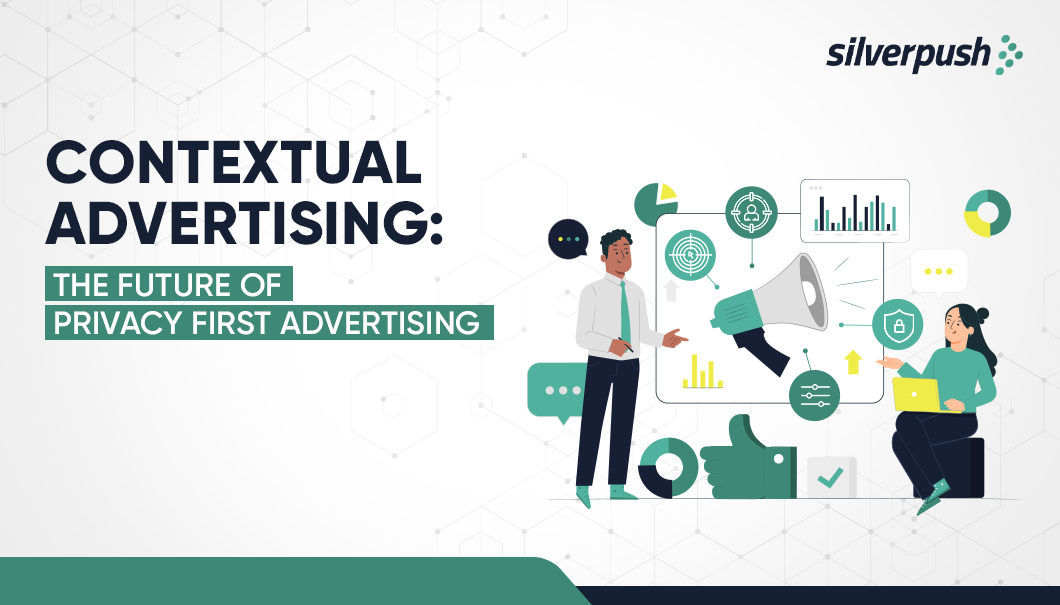
In recent years, advertisers have increasingly relied on third-party cookies to serve personalized ads that are relevant to consumers’ interests and behaviors.
However, with growing concerns about consumer privacy and data protection, particularly with the implementation of data privacy regulations like the General Data Protection Regulation (GDPR) and the California Consumer Privacy Act (CCPA), and Google’s decision to gradually phase out third-party cookies in its Chrome browser; marketers are now looking for safe and innovative ways to target consumers.
Contextual ad targeting has emerged as a solution that allays these concerns while still delivering relevant ads to consumers.
Read this informative blog to discover more about contextual ad targeting and its crucial role in addressing users’ privacy concerns.
Understanding Contextual Ad Targeting
Contextual ad targeting involves analyzing the content of the web page where the ad will be placed and delivering an ad, that is, relevant to that content.
For example, if the page is about travel; there is a high chance that ads for airlines, hotels, or travel agencies will be displayed. Contextual ad targeting doesn’t rely on tracking user behavior, making it a privacy-friendly alternative to other forms of advertising.
How Contextual Advertising Can Solve the Problem of Privacy?
One of the main reasons why advertisers should choose contextual advertising as their preferred targeting option is because it respects user privacy.
With this method, advertisers don’t have to collect and store personal data about users, which is, a concern for many people. By avoiding the use of cookies or other tracking technologies, consumers are able to browse the internet without feeling constantly observed by advertisers.
One more advantage of contextual ad targeting is that it provides consumers with a higher number of relevant ads. When ads are displayed based on the content of the page, they are more likely to be of interest to the user, increasing the likelihood of their engagement.
For example, if a user is reading an article about fitness, they are more likely to click on an ad for workout gear than for a new car.
Contextual ad targeting is also beneficial for advertisers. By displaying ads based on the content of the page, advertisers can be sure that their ads are shown to an audience, that is, interested in their products or services. This means higher chances of clicks and conversions, resulting in higher ROI on their ad spends.
What are the Different Online Privacy Regulations Advertisers Must Know?
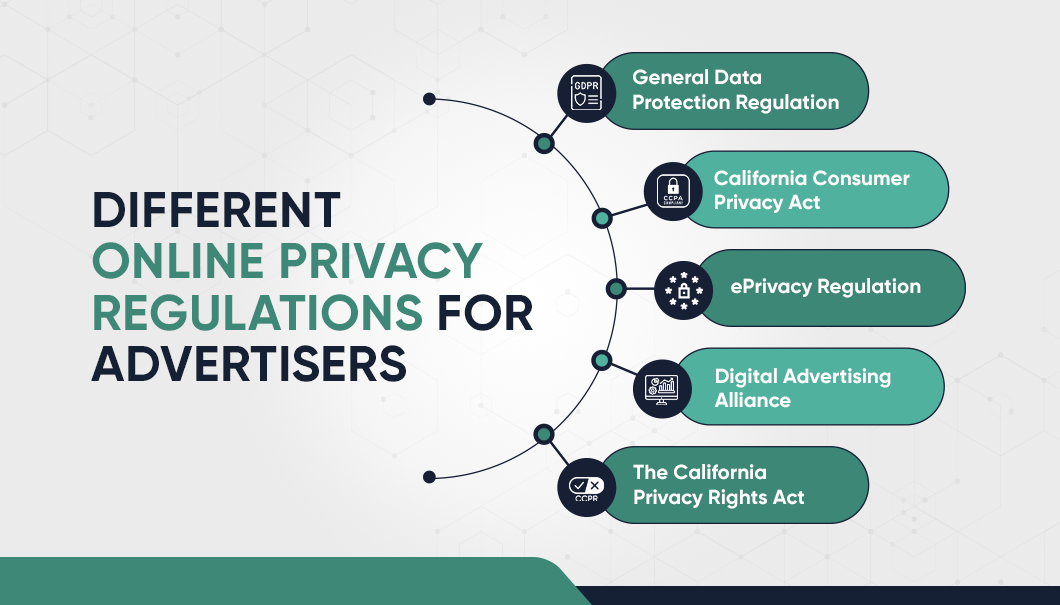
1. General Data Protection Regulation (GDPR): This regulation was implemented by the European Union in May 2018 and applies to all companies that process the personal data of EU citizens. It gives individuals more control over their personal data and requires companies to obtain explicit consent for data processing.
2. California Consumer Privacy Act (CCPA): This is a privacy law that was enacted in California in 2020. It gives California residents the right to know what personal information is being collected about them by businesses, and the right to request that their information be deleted.
3. ePrivacy Regulation: This regulation is currently being developed by the European Union to replace the ePrivacy Directive. It will regulate electronic communication services’ privacy, including the use of cookies and other tracking technologies.
4. Digital Advertising Alliance (DAA) Self-Regulatory Program: This program is a self-regulatory initiative for online behavioral advertising in the United States. It aims to provide consumers with transparency and control over their online data by offering an opt-out mechanism for personalized advertising.
5. The California Privacy Rights Act (CPRA) is a privacy regulation that builds upon the California Consumer Privacy Act (CCPA). It was passed in November 2020 and came into effect on January 1, 2023. The CPRA expands on the CCPA’s requirements and gives Californian consumers additional privacy rights, such as the right to correct inaccurate personal information, the right to limit the use of sensitive personal information, and the right to opt out of the sharing of their personal information.
These are just a few examples of online privacy regulations that exist around the world. It’s important for advertisers to stay up to date on these regulations and ensure that they are in compliance to protect the privacy of their users.
Are Targeted Ads an Invasion of Privacy?
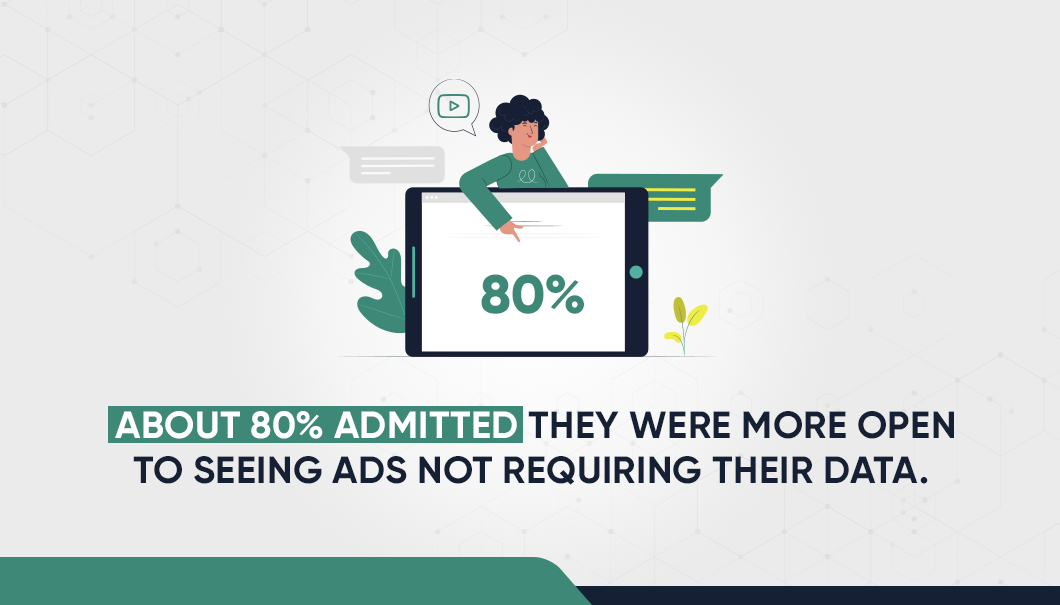
Targeted ads can be considered an invasion of privacy because they often rely on the collection and analysis of personal data in order to deliver personalized advertisements to individuals. This can include information such as browsing history, search queries, location data, and demographic information.
While targeted ads can be helpful in providing individuals with relevant information and offers, they can also be intrusive and make people feel uncomfortable or violated.
Here are some statistics that shed light on the privacy implications of targeted ads:
1. According to data, 66% of consumers said that they were uncomfortable with businesses and brands tracking their browsing history to show them personalized ads.
2. 86% of Americans feel that businesses and organizations collect more personal information than they actually require.
3. 81% of respondents feel they have little to no control over their personal data once it is shared with companies.
4. The survey also found 64% of consumers online have stopped doing business or engaging with an organization because they were asked to provide too much personal information.
5. Nearly two-thirds of Americans believe that the risks associated with their personal information are increasing faster than businesses and organizations can keep up with.
These statistics indicate that while targeted ads can be profitable for businesses, they are not necessarily popular with consumers. Many people are uncomfortable with the idea of their online behavior being tracked for advertising purposes, and some believe that targeted ads are unethical.
Conclusion
In conclusion, contextual ad targeting has emerged as a privacy-friendly solution to personalized advertising. By analyzing the content of the web page where the ad will be placed, advertisers can deliver relevant ads to users without relying on personal data or tracking technologies. This approach benefits both consumers and advertisers, as it respects privacy while still delivering effective advertising.
Beyond Black and White: The True Color of Brand Safety
PUBLISH DATE: 07 July 2020
Over the past few years, a lot of brand safety issues have surfaced that have led marketers to review their brand safety measures. The current coronavirus crisis has intensified the brand safety woes of marketers, as most of the brands don’t want ad adjacency to the content dealing with morbidity and mortality.
Common brand safety methods used by marketers include blacklisting and whitelisting. Blacklisting involves avoiding the placement of ads against content containing specific blocked keywords. For video content, a blocked keyword is searched in the topic, title, description, and metadata. In contrast, whitelisting enlists content that has been labeled as safe for ads to be placed.
How Common Brand Safety Methods Impact an Ad Campaign?
The keyword-based blacklisting method is in reality not as effective as it seems to be. It is marred by under and over-blocking of content. Research shows that because of the use of keyword blacklists, more than half of the safe stories published on the major news platforms are being incorrectly tagged as brand unsafe.

The keyword-based blacklisting methods lead to the blocking of completely innocuous content. This is due to its inability to recognize the subtleties in context, or more specifically, the actual context in which a term is employed.
For example, if “alcohol” is the blocked keyword, then the blacklisting method will not only mark a video featuring drunk and driving as unsafe but will also add a video featuring a recipe using alcohol to the list.
Another problem with blacklisting is that universal blacklists cannot be created. They have to be regularly updated and modified according to the brands’ requirements, current happenings, events, the latest news, countries, languages, and cultures. There is also a requirement to tweak blacklists regularly on the basis of current safe content consumption patterns of consumers so that increased reach for the advertising campaigns can be achieved.
In general, the implementation of the keyword-based blacklisting approach requires a lot of fine-tuning. But this approach hinders marketers from getting optimal results from their advertising campaigns.
A whitelist provides a safe and trusted environment for brands to advertise within. Curating a whitelist for advertising on a video platform involves tagging unsafe content at the keyword, topic, video, and channel levels. Video-level tagging helps brands to filter out unsafe videos. Brands do not have to blacklist an entire channel just because of one or a few unsafe videos.
Similar to keyword blacklists, whitelists also need to be regularly updated, otherwise, the campaigns will not witness an increase in reach, and brands will miss new opportunities to engage consumers with their ads.
Creation of whitelists is not an easy process; it requires a lot of curation by marketers and is time-consuming and expensive. As the whitelisting method limits the number of videos against which ads can be placed, marketers are unable to take full advantage of the true potential of huge video hosting platforms like YouTube. The campaign’s reach gets reduced and the right audience does not get fully targeted.
Contextual Targeting: An Alternative for Keyword-based Targeting
The above-mentioned brand safety methods provide only suboptimal brand safety and have significant limitations. Keeping these points in mind, advertisers have been shifting to contextual targeting. This approach allows brand safety with the help of AI and computer vision.
In contextual targeting, ads are deployed based on the content consumed by the user. Computer vision can accurately detect contexts in videos such as faces, objects, logos, on-screen text, emotions, scenes, and activities. Thus, it can effectively detect unsafe or harmful contexts in videos.
Amid the coronavirus pandemic, computer vision-powered brand safety platforms enable brands to selectively block ads against mortality-related coronavirus content, while allowing ad placement against positive coronavirus content. Thus, brands can safely capitalize on the news content; this is not possible with keyword blacklists that fail to understand the true context in which the keyword “coronavirus” is being used.
Advertisers can successfully prevent ad placement against known harmful categories by employing AI-based contextual brand safety solutions, but they can also identify inappropriate circumstances that are specific to a brand.
Also read, How brands are navigating brand safety?
Conclusion
Ensuring brand safety without killing the reach is the top priority for advertisers but keyword-based targeting doesn’t allow it. Whereas, AI and computer vision enables marketers to go beyond blacklists and whitelists in order to achieve brand safety in its true color without limiting the reach. Also, ad campaigns achieve better KPIs which results in better ROI.
Computer Vision Set to Transform Video Contextual Advertising
PUBLISH DATE: 10 February 2020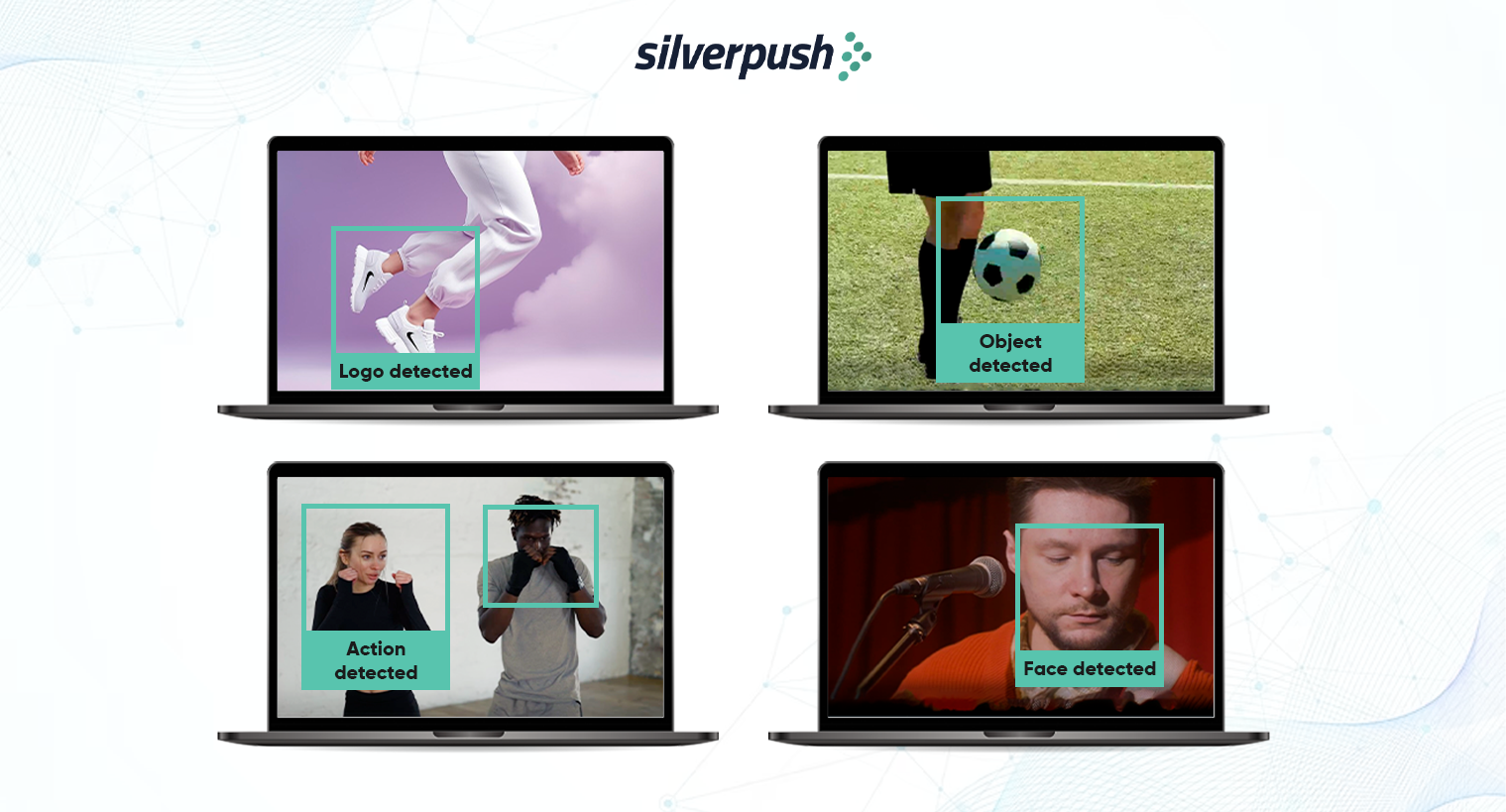
Over the years, contextual video advertising has taken the center-stage in the online advertising space. Video advertising has become the preferred advertising method for many major brands and publishers since it does not rely on third-party cookies.
In fact, 2017 was considered to be the “Video Gold Rush” year for video contextual advertising. This was because when video advertisements were placed in the appropriate setting (context and location), they improved KPIs and enhanced consumer engagement and ROI.
Videos are the easiest way to grab the attention of your audience. According to stats, the audience reach of online videos is 92%. With this popularity rate, it was also seen that 82% of traffic was derived from videos.
Contextual Video Advertising Makes Strides
It has become essential for marketers to work in secure settings as the quantity of video-based creatives has grown. There is a greater chance of advertising getting misplaced as reach grows. Misplaced advertisements carry the risk of failing to connect with people, but if they are shown next to undesirable, violent, or divisive material, they may irreparably harm a brand’s reputation.
When in-video advertising proliferated, this resulted in the development of machine learning- and AI-based key context identification technologies. These technologies aid in serving ads on the relevant types of content by sorting through all appropriate information that qualifies and categorizing it according to suitability based on geography, brand, and the customers’ state of mind.
The algorithms operate by identifying patterns in the pertinent categories of data later categorizing more recent data in accordance with those patterns. This method has historically been used to categorize ads based on keywords and affinity.
Natural Language Processing (NLP) techniques have been employed to assess the acceptability of videos for ad placement. Although this method was partly successful in classifying videos into a larger group, it is not impenetrable and has resulted in several leaks in the past.
The ability of such algorithms to filter content is constrained since the content in videos may not always be relevant to the keywords, search phrases, or descriptions that are linked to them.
Computer Vision is the Key
With the evolution of OTT, Computer vision techniques and their combination with AI and machine learning, a powerful tool is now available to advertisers. Using computer vision and AI, it is possible to identify the actual objects, brands, emotions, and context of the video with unprecedented accuracy. These can enable the identification of what is actually being shown in the video directly without relying on associations with keywords and affinity of videos, thus overcoming the limitation of previously used algorithms, and ensuring a top-notch brand-safe environment for brands.
Major companies like Google, Facebook, Amazon, IBM, and Apple are continuing to bet on Computer Vision for the future and have made considerable advances in the area. Facebook could identify each person from a crowd using facial recognition, while Google can search and index thousands of images through its image search feature. Due to keen interest in the field and momentous advances in the field, computer vision has become increasingly accurate over time. Facebook could identify people with 83% certainty, even when they are partially or completely blocked from view. But in 2022, Facebook disabled the feature due to privacy concerns.
With these advances, OTT Computer vision has unlocked a whole new avenue for advertisers. With this, one can identify the brand of clothes someone is wearing, the fabric and color he/she prefers, and in what combination, just from their picture. This information can give deeper insights into consumer preferences. In this case, we examine whether luxury goods are a common part of the consumer’s lifestyle and act accordingly. In videos, identifying key aspects of what is being shown can help advertisers in leveraging associations and consumer preferences for brands.
How Brands Benefitted from Mirrors?
Mirrors is an AI-powered contextual targeting platform that uses computer vision applications for brand and object identification, along with facial recognition and emotion identification for classifying videos for placing the most relevant ads in the right context. Working with brands such as Oreo and KFC in the past, we have helped brands target consumers throughout the world to drive sales.
For Oreo, we helped in using the brand’s association with Spider-Man, to target consumers in South-East Asia and placing ads for Oreo in a wide range of Spider-Man-themed content from animated videos to videos showing DIY craft projects for kids. All of this was done in a completely brand-safe environment, with ads being served on videos that connected with the nature of the brand.












